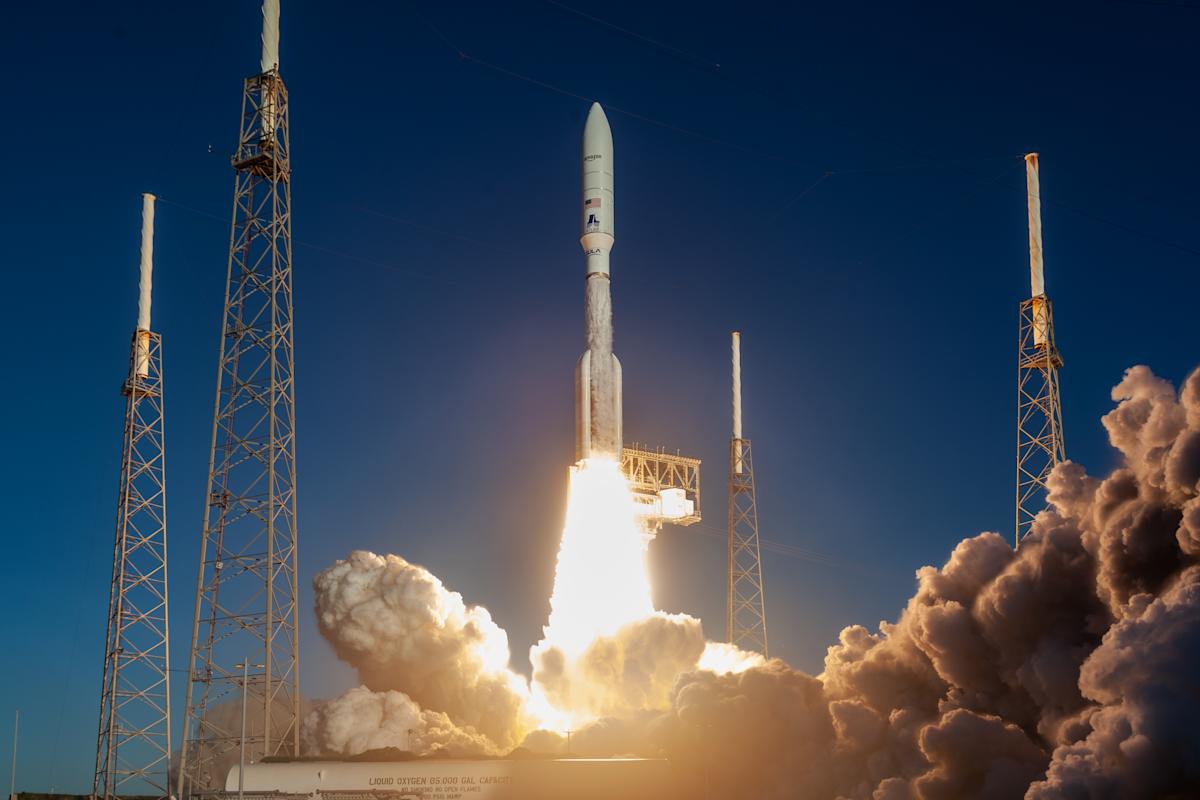The space economy is experiencing a kind of growth in 2025 that looks nothing like the speculative frenzy of 2021 — and that’s exactly why it matters.
The data from Space Capital’s latest Space Investment Quarterly, which has been tracking private market investment in the space economy since 2012, reveals a market that has fundamentally matured. With another $5.8 billion invested across 115 companies in Q3, this year has already surpassed 2024 in overall investment and is on track to rank among the top three funding years on record.
Perhaps more importantly, the $49 billion invested over the trailing 12 months represents a decisive shift in where capital is flowing. Instead of a return to the SPAC-era boom, the space economy is experiencing sustainable growth driven by defense demand, artificial intelligence breakthroughs, and genuine commercial traction.
The center of gravity has shifted from speculative narratives to funded, dual-use capability, and investors are backing companies with customers, contracts, and clear profitability paths.
The most significant trend reshaping the space investment landscape is the pivot toward national security applications.
The White House has signaled a clear shift away from civil space priorities while leaning aggressively into defense, and the numbers bear this out. The Space Force could see its budget reach $40 billion in fiscal year 2026 — a staggering 40% year-over-year increase — driven by the urgent need for advanced platforms and resilient space architectures.
This policy backdrop has turbocharged investment in Golden Dome solutions, from satellite manufacturing to defense-centric capabilities designed to enhance tracking, resilience, and space domain awareness.
Space infrastructure investment reached a five-quarter high of $4.4 billion in Q3, fueled by a breakout year in US satellite manufacturing and record activity in the Chinese launch sector.
Notably, venture capital firms drove 86% of investment activity in Q3, demonstrating that this isn’t just government contracting; it’s a durable dual-use market blending commercial and defense demand.
While defense spending dominates headlines, the integration of artificial intelligence with space-based data is quietly revolutionizing the applications layer of the space economy.
Geospatial intelligence (GEOINT) investment has surged from $1 billion in 2020 to a record $21.6 billion as of Q3 2025, and Google’s (GOOG, GOOGL) launch of AlphaEarth Foundations (AEF) in the quarter marked a watershed moment.
The space economy is experiencing a kind of growth in 2025 that looks nothing like the speculative frenzy of 2021 — and that’s exactly why it matters.
The data from Space Capital’s latest Space Investment Quarterly, which has been tracking private market investment in the space economy since 2012, reveals a market that has fundamentally matured. With another $5.8 billion invested across 115 companies in Q3, this year has already surpassed 2024 in overall investment and is on track to rank among the top three funding years on record.
Perhaps more importantly, the $49 billion invested over the trailing 12 months represents a decisive shift in where capital is flowing. Instead of a return to the SPAC-era boom, the space economy is experiencing sustainable growth driven by defense demand, artificial intelligence breakthroughs, and genuine commercial traction.
The center of gravity has shifted from speculative narratives to funded, dual-use capability, and investors are backing companies with customers, contracts, and clear profitability paths.
The most significant trend reshaping the space investment landscape is the pivot toward national security applications.
The White House has signaled a clear shift away from civil space priorities while leaning aggressively into defense, and the numbers bear this out. The Space Force could see its budget reach $40 billion in fiscal year 2026 — a staggering 40% year-over-year increase — driven by the urgent need for advanced platforms and resilient space architectures.
This policy backdrop has turbocharged investment in Golden Dome solutions, from satellite manufacturing to defense-centric capabilities designed to enhance tracking, resilience, and space domain awareness.
Space infrastructure investment reached a five-quarter high of $4.4 billion in Q3, fueled by a breakout year in US satellite manufacturing and record activity in the Chinese launch sector.
Notably, venture capital firms drove 86% of investment activity in Q3, demonstrating that this isn’t just government contracting; it’s a durable dual-use market blending commercial and defense demand.
While defense spending dominates headlines, the integration of artificial intelligence with space-based data is quietly revolutionizing the applications layer of the space economy.
Geospatial intelligence (GEOINT) investment has surged from $1 billion in 2020 to a record $21.6 billion as of Q3 2025, and Google’s (GOOG, GOOGL) launch of AlphaEarth Foundations (AEF) in the quarter marked a watershed moment.








Leave feedback about this